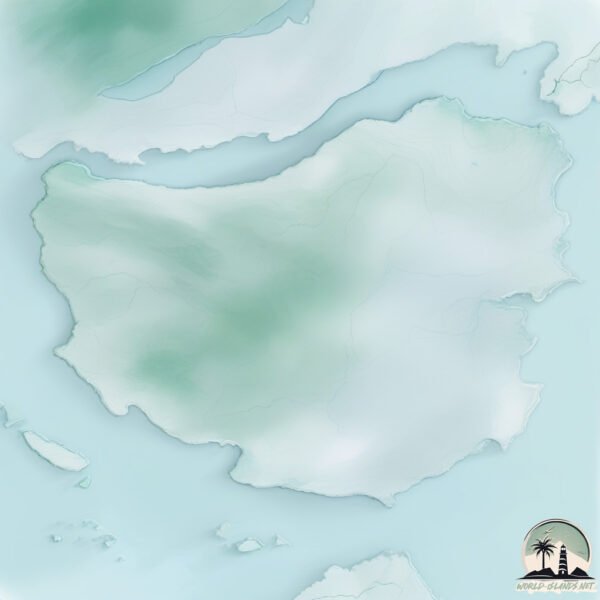Welcome to Transito , a Temperate island in the South Pacific Ocean, part of the majestic Pacific Ocean. This guide offers a comprehensive overview of what makes Transito unique – from its geography and climate to its population, infrastructure, and beyond. Dive into the details:
Geography and size of Transito
Size: 110.7 km²Coastline: 60.7 kmOcean: Pacific OceanSea: South Pacific OceanContinent: South America
Transito is a Large Island spanning 111 km² with a coastline of 61 km.
Archipel: –
Tectonic Plate: South America – A major plate covering the South American continent and part of the Atlantic Ocean, known for the Andes mountain range and significant seismic and volcanic activity.
The geographic heart of the island is pinpointed at these coordinates:
Climate and weather of Transito
Climate Zone: TemperateClimate Details: Temperate Oceanic ClimateTemperature: Warm Summer
Climate Characteristics: Known for its moderate year-round temperatures with ample rainfall and no dry season. Warm summers are characteristic.
Topography and nature of Transito
Timezone: UTC-04:00Timezone places: America/La_PazMax. Elevation: 790 m Mean Elevation: 281 mVegetation: Evergreen Broadleaf ForestTree Coverage: 79%
The mean elevation is 281 m. The highest elevation on the island reaches approximately 790 meters above sea level. The island is characterized by Plateau: Elevated flatlands rising sharply above the surrounding area, with a maximum elevation over 500 meters but a mean elevation less than 300 meters, forming unique highland areas on islands.
Dominating Vegetation: Evergreen Broadleaf Forest
Vegetation: 8 vegetation zones – Very Highly Diverse Island
Infrastructure and Travelling to Transito
Does the island have a public airport? no .
Does the island have a major port? no .
The mean population of Transito is 0 per km². Transito is Uninhabited. The island belongs to Chile .
Continuing your journey, Cuptana is the next notable island, situated merely km away.
Livre Trânsito - "Walking Island"
Performance de artista em residência Livre Trânsito - "Walking Island" A ilha é uma escultura insuflável de 8 metros de ...
Livre Trânsito - "Walking Island"
Performance de artista em residência Livre Trânsito - "Walking Island" ...
Performance de artista em residência Livre Trânsito - "Walking Island" A ilha é uma escultura insuflável de 8 metros de ...
How the inventor of the traffic island died because of his own creation
Did you know the inventor of the traffic island was killed by his own ...
Did you know the inventor of the traffic island was killed by his own creation? Colonel Pierpoint wanted a safer way to cross the ...
My Husband's Guilty & The broken gavel!
This couple has been happily married for 43 years, but the wife comes ...
This couple has been happily married for 43 years, but the wife comes to court to throw her husband under the bus. Then A dad ...
Chile is classified as Emerging region: G20: Group of Twenty – Major economies comprising both developed and emerging countries, representing the world’s largest economies. The level of income is Upper middle income.
News – Latest Updates and Headlines from Transito
Stay informed with the most recent news and important headlines from Transito. Here’s a roundup of the latest developments.
Loading...
Please note: The data used here has been primarily extracted from satellite readings. Deviations from exact values may occur, particularly regarding the height of elevations and population density. Land area and coastline measurements refer to average values at mean high tide.

